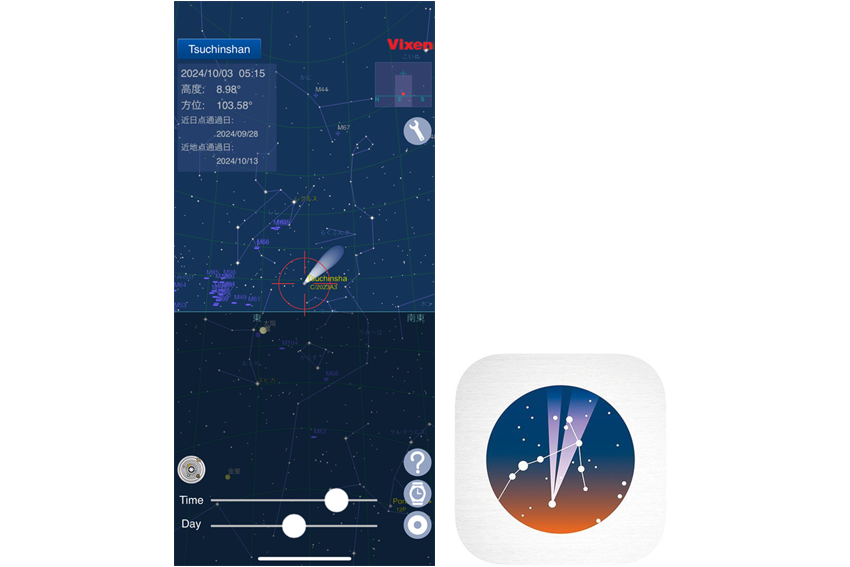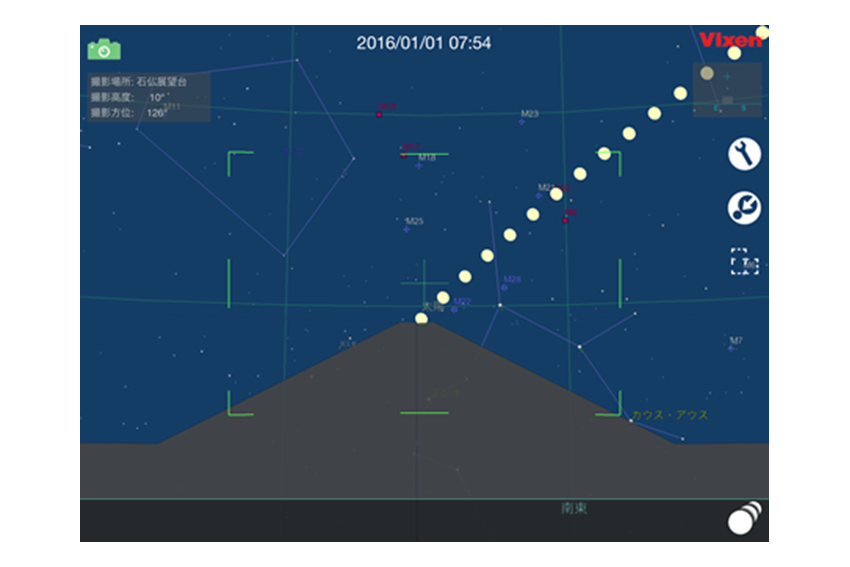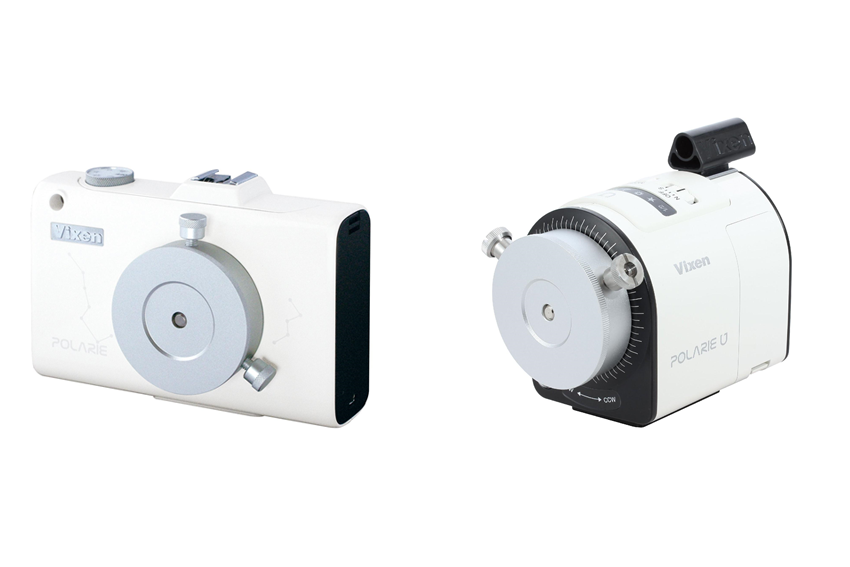Vixen was founded in 1949, the company specializes in high-quality optical equipment for customers ranging from keen astronomers to concert goers.

Your company not only manufactures but also exports abroad. However, Japan faces several problems, including demographic change and supply chain bottlenecks. Despite this, Japanese companies have maintained their global reputation for accuracy, advanced technology, and reliability, and currently, the weakness of the JPY positions it favorably against the USD. As a result, Japanese products have never been more cost-effective. How do you believe Japanese companies can leverage these current conditions to benefit their competitive advantage?
The depreciation of the JPY is favorable for our exports when it comes to price competitiveness. However, on the other hand, this depreciation is happening so drastically that it is hard for the purchaser as well as the producer to keep up with the situation. This shift in the value of the JPY is so rapid that we can see an immediate effect when it comes to our exports. However, with regard to the supply chain we have established in Japan, I think there is some hesitation to take short-term actions because we also want to identify long-term trends.
One of the other main challenges that Japan is facing is its demographic decline. It is estimated that by 2040, Japan will face a shortage of over 10 million workers. This causes a problem not only for companies looking to hire talented workers but it is also a major issue for the domestic market. To what extent do you think companies in Japan need to look abroad not only to attract talent but also to open up new markets?
Vixen’s strategy is to not only focus on the hardware and manufacturing side of our business but also focus on the content element as well. Our content is astronomy. Combining this content is effective in creating an integrated service for our customers. Another important point to consider is that in an industry that has both a manufacturing side and a content side, providing this synergetic and integrated attractiveness allows us to gather a workforce. It also attracts customers and users of our products. As the industry leader, we intend to strengthen both these content production divisions and the manufacturing division for astronomical telescopes and other products in a well-balanced manner.
Your company has a series of apps such as your Comet Book app which I myself downloaded to track the stars when I was hiking. You also have a series of other apps as well which seem to be part of wider outreach efforts. What role do these apps play in your business, be it finding new customers or introducing your customers to Vixen’s new products, and do you have any plans to expand this offering in the future?
Our business model is B2B2C. However, B2C is the most important. Receiving the support of our customers is essential to our business operations. Our apps and software are a very effective and direct means to reach our customers and create supporters of our products. We also host physical events and gatherings to intrigue the people which leads to the further provision of our products. While B2C is important, we also want to maintain a good relationship in B2B so that we can secure wider sales channels. However, learning directly from our customers about their needs is very important, as it allows us to reflect those needs in our products. We want to diversify our sales channels so that customers can access our products through different means, be it direct online sales or going to retail stores. Having multiple sales channels is an advantage for our customers.

We noticed in your president’s message that your company is not only focused on selling your products but also encouraging people to enjoy the night sky and the natural world through different activities such as birdwatching for example. You also have your Tonakai club where you bring these people together to enjoy nature and the stars. With the modern world and the increasingly urbanized way that we live, light pollution makes it very difficult for people to access astronomy. What technologies or initiatives are you going to employ in the future to try to make astronomy more accessible to people who live in urban environments?
It is not actually a matter of whether the stars are visible in urban areas or not. Rather, it depends on people being interested in looking up at the sky, especially in urban areas where fewer people naturally look up at the sky. We want to create more opportunities for people to realize how beautiful the sky is.
Some people who live in rural areas which are not affected by light pollution do not look up at the sky. Despite the beautiful stars that are visible in the area. It is important to encourage people to look up and take notice of the natural celestial beauty. The surprise and astonishment are experienced more by people living in urban areas as the night sky is less visible in those areas. Providing opportunities for them to realize that there is a beautiful starry night sky would certainly increase their interest in astronomy.
There is a building in Shibuya called Shibuya Sky where we cooperate with a rooftop event once per month to gather people together to see the night sky. This event has become very popular. It is important to spread awareness to the people that stars exist. Regardless of how many stars are visible in an area, once people learn that the stars are there, they become more interested in learning about astronomy.

It is interesting that you mentioned that it is not only about seeing the starry sky but also making people look up. One way this could potentially happen is through the integration of technology be it Wi-Fi or smartphone controlled mounts to make it easy for people. Perhaps there is a perception that astronomy is too difficult for some people. The use of technology is something that can lower the barrier to entry and something that you have pioneered going back to the 1980s. Also, integrating technology allows people to not only look at the stars but also take pictures that they can share on social media. What technologies are you integrating to make it more accessible to people who could potentially be fans of your equipment but have a perception that there is a high barrier to entry and a steep learning curve involved?
At first, we wanted to appeal directly to a wider audience. One of the ways that we tried to do so was by creating an astronomy game. However, we realized that we would have to compete with companies such as Sony or Nintendo and enter the ‘red ocean’ of the gaming world. We therefore decided to stop this service and realized that it was important to focus on astronomy itself and provide a service to those who are already interested in astronomy. We wanted to engage them more so that they could act as influencers and help to attract a wider audience. Currently, our strategy is to provide software applications that pertain to astronomy. For example, there is an app that allows you to view the movement of the moon while keeping Mount Fuji in sight. These types of unique apps that attract astronomers who already have a deep interest in the field are important to engage them further and use their influence and power to attract more people to the field.

Another approach that we have been actively taking is reaching out to digital camera photographers who like to take celestial photos. This led to us developing a portable equatorial mount in the shape of the camera which became a huge hit and led to us being recognized by the Ministry of Economy, Trade and Industry (METI) as a global niche top leader. We wanted to approach these celestial photographers and open a channel with them so that around 10% or more of them would become interested in astronomy. Also, their photos are very influential in showing the charm of astronomy. That is the second approach that we are taking.

We would like to ask you about your binoculars, particularly your vibration canceller binoculars which have become quite popular with idol fans and people who like to go to concerts. These include your ATERA II H10x21 as well as your ATERA II ED H16x50. Have you identified any other future growth areas for your binoculars?
We view the binocular market as a massive market that encompasses areas such as sports, theater, and birdwatching for example. However, we are currently going much deeper and creating a minute segment in each of these categories. For example, our binocular product Saqras was created for Kabuki audiences. Likewise, we provide special binoculars for music fans. Learning what kinds of users there are and understanding and catering to their specific needs in a detailed manner allows us to enhance our customer portfolio as well as increase our product lineup. The deeper we can dig into the demand for binoculars the more we can expand in this sector.
Every product has its own story. For example, when it comes to the story for this product, the wife goes to Minamiza Theater in Kyoto to watch the Kabuki with these special Kabuki binoculars, while in the meantime, the husband visits Sanjusangen-do Temple to see the 500 Buddhist statues using our binoculars which are designed for looking at cultural heritage sites and buildings. There is a story behind every product that we create.
Our understanding of the market is to first create the users and understand their needs and requirements, and then provide our products accordingly to fit those needs. The idea is that through creating new products we will create new markets.


We know that you not only produce your own binoculars but you also do OEM manufacturing for other companies. Do you foresee this as being a big part of your business and are there any other partnerships that you have in the pipeline that you can share with us?
We want to collaborate with companies who have a similar mindset to us when it comes to marketing. Also, recently, we have been receiving many contacts from theaters to make original binoculars for them. This reflects our deep consideration of market demand, and we want to continue providing OEM services to those with a similar mindset to us.
Does that just pertain to the domestic market, or does it include international markets as well?
We are already providing OEM services overseas.
On the topic of partnerships, we know that you have already partnered with Celestron and Explore Scientific whom you provide agency services to. Are there any other companies that you are looking to provide agency services to, and if so, what makes Vixen’s network the perfect partner?
Actively pursuing the expansion of our agent business is not part of our strategy. However, if it acts in favor of astronomy fans, we would be very happy to do so. For example, we decided to proceed with our collaboration with Celestron as we had a common understanding to enhance the affiliation towards astronomy. We are willing to work with companies that have the same mindset as ours to promote astronomy.
The strength of Vixen is the established network we have developed with B2B companies. Domestically, we have a longstanding history of working through these sales channels. If foreign companies possess the same mindset as ours to enhance the popularity of astronomy, we would certainly be open to leveraging and providing our network for the sake of astronomy fans.
Our company mission is to be a company that supports nature and science. This value is shared by our company members and this has led to a further understanding of Vixen’s values in society. These values are also shared by our partners and our customers, and that is the core pillar of our company’s operations.
Your company has had an overseas presence in Germany for over 20 years. Moving forward, do you plan to open any other international subsidiaries given the success of your German operation, and if so, what regions do you see as having the most potential?
At this moment, we are not considering having a direct base overseas. The international logistics scheme is going through big changes right now, and we are not sure if the conventional agent scheme or having a direct base overseas is effective in today’s world. Cross-border e-commerce has also been facing problems. For now, we are trying to determine what would be the best method to operate overseas. As part of our mission, we want to stay as close as possible and learn from our customers overseas. Finding the best business operation and logistics scheme is what we are currently working on. It is critical for us to understand e-commerce platforms such as Amazon. However, we feel that we do not have a full and deep understanding at this moment, so we are currently in the learning process.
What countries or regions do you see the most growth potential or users to onboard?
Asia is the region in which we see the most growth potential.
Your company is celebrating its 75th anniversary this year. If we were to return to interview you again in 5 years for your 80th anniversary, where would you like the business to be? What goals or ambitions would you like to have achieved for the business by then?
I cannot foresee what trading platforms will be popular in five years both domestically and overseas. However, as a company that is focused on supporting nature and science, we need to be flexible and able to adapt to the changing needs of society so that we can provide our services accordingly. While I cannot exactly pinpoint what those needs will be, it is clear that flexibility will be a key component that we will need to retain. However, one thing for certain is that in the years to come, we want to increase the number of fans of our company so that more people can enjoy astronomy. That is my goal.
For more information, visit: https://global.vixen.co.jp/en
0 COMMENTS